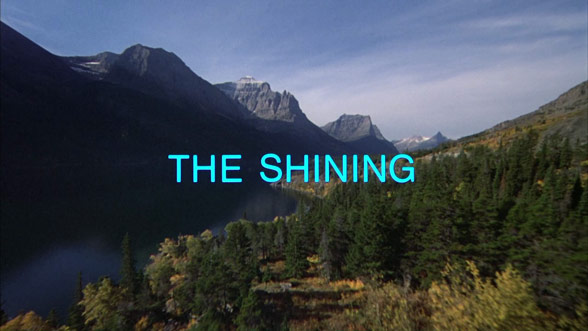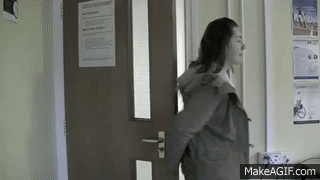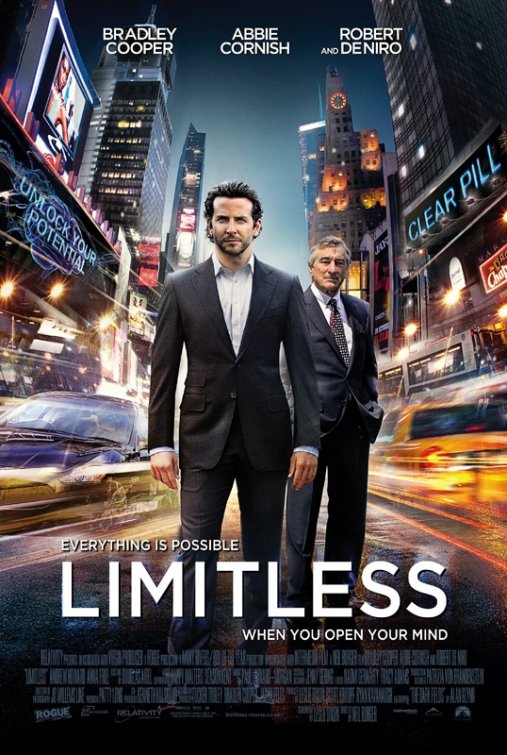The day after we had done our filming in January, I went to upload the images onto my computer and when I opened the files it told me that there was nothing on the SD card. I downloaded a software to see if I could recover the files at home but it was able to get back all the images from my camera, but no videos.
Due to the recovery not working we were all really upset as we had lost our best footage but we knew that we had to make plans to re-shoot the whole of our film opening. We made plans to re-shoot a few weeks later when we were all available but on the day of shooting Beth was very ill so was not able to make it. With the deadline approaching my Mum suggested that we took my SD card to London Camera Exchange to see if they could retrieve the files as we did not know how long Beth was going to be ill for and because she was our main character we needed her to be there.
When we took it to London Camera Exchange I explained to the my situation with our film and they said they would see what they could do. On the Monday we had a phone call from them to say that they had recovered around 50 video files that hadn't been recovered before.
I was so pleased when I looked through the files and found everything that we had lost. Apart from two clips that we couldn't play everything was there and we started editing the film the next day.
Sunday 28 February 2016
Friday 26 February 2016
Continuity Exercise
For our continuity exercise we were asked to create a short film to practice our continuity skills and see if we could edit together a clip that is smooth and has no continuity errors. We decided to do a simple scene of someone running down a hallway and then coming into a room and having a conversation with someone.
We used Charlotte K and Beth in our group to be in the film and as you can see from the continuity exercise below, Charlotte was the one running and Beth met her in the classroom towards the end of the scene.
We had to focus on the shots for the conversation mainly, this was because we had to stick to the rule that we had the camera within the same 180 degree angle so that we didn't break the 180 rule.For the running part of the scene we focussed mainly on the continuity and smoothness of the scene, so that as Charlotte ran through the door the cuts were smooth and looked like it was all one take with different shots.
I was actually really pleased with the way our continuity turned out, we took out time on the editing and were able to get it as perfect and smooth as we could.
Tuesday 23 February 2016
Film Planning
When it came to planning for our film, we had already decided that we wanted to make a thriller because of the films that we had already watched beforehand.
When brainstorming what we wanted to do, I wrote this list of possible ideas as to what we could include in the film.
Some of the key things that came from our brainstorm of ideas was that we really wanted to:
When brainstorming what we wanted to do, I wrote this list of possible ideas as to what we could include in the film.
Some of the key things that came from our brainstorm of ideas was that we really wanted to:
- make a thriller/drama film
- use low lighting to create tension and possibly use a black and white filter
- use flashbacks
- have long takes
- use someone walking through hallways (which we then changed to running up a stairwell.)
Saturday 20 February 2016
Thriller Conventions
When it came to planning for our film we made a list of the conventions in a thriller film. This was so that we knew exactly what we were doing and the type of guidelines we needed to follow so that is fit the genre correctly.
Information taken from Wikipedia:
"Thriller is a broad genre of literature, film and television, having numerous subgenres. Thrillers are characterized and defined by the moods they elicit, giving viewers heightened feelings of suspense, excitement, surprise, anticipation and anxiety. Successful examples of thrillers are the films of Alfred Hitchcock."
 |
| Poster from the film 'Phsycho' by Alfred Hitchcock |

When looking at thrillers, we looked at the iconic scene from Alfred Hitchcocks film 'Phsycho' where the female is brutally murdered in the shower by a masked killer.
An extremely common theme in thriller movies involves innocent victims dealing with deranged adversaries, as seen in Hitchcock's film 'Rebecca' (1940)
From looking at this we decided that we wanted to have a hooded figure who was the killer and a young innocent victim who is running away.
Other Thriller Examples
 |
Here are a list of the different thriller conventions that we came up with:
Thursday 18 February 2016
Watching 'Dead Man's Shoes'
Dead Man's Shoes is a 2004 psychological thriller written and directed by Shane Meadows. It stars co-writer Paddy Considine as the lead and tells the story of an ex soldier seeking revenge for his brother who was once horribly tormented by a gang in Derbyshire where the film is set.
This short synopsis of the film is taken from the Shane Meadows website:
Two brothers return to the home town they left years before. They are close, but very different: Richard is strong and purposeful, Anthony younger, more hesitant. Everything Richard does, Anthony innocently mimics. He is slightly retarded and completely in awe of his brother, who in turn is very protective of him. They set up camp in the hills overlooking the town, reminiscing over their shared past. But they're not here to reminisce. Richard is here for revenge.
He knows who he wants and he knows where they live. The town he left eight years ago is still run by the same gang of small-time drug dealers and thugs. The threat of his presence is enough to instill suspicion and paranoia. Why is he back? What does he want? Who is he after?
He knows who he wants and he knows where they live. The town he left eight years ago is still run by the same gang of small-time drug dealers and thugs. The threat of his presence is enough to instill suspicion and paranoia. Why is he back? What does he want? Who is he after?

I immediately loved the whole idea of the film after watching it, it was extremely gripping and although at times slightly horrifying, you were unable to stop watching. I feel that this really helped to influence some of out ideas in terms of the flashbacks and making sure that some things were very unclear in the opening of our film to make people want to continue watching.
Monday 15 February 2016
Film Openings Preparation.
Over the past few weeks in class we have been looking at a range of film openings to help us with the preparation for our openings. Each film opening that we looked at was carefully analysed and we looked for the many conventions that came up in each of them to help us think about what we wanted/should have in our own openings to make it effective.
One of the many film openings that we looked at was from the film 'Trainspotting'.
 |
| Promotional poster from the film 'Trainspotting' |
The opening of the film introduces us to each character, from the beginning it is clear that they are white, twenty something's who are a lower class in Scotland and are Heroin addicts.
Mise En Scene
In terms of Mise en scene, the main part of the opening is set in an abandoned house with ripped wallpaper and little or no furniture. It is clear from this that they are squatters and do not care about where they live, all they are focussed on is the heroin that they take daily.
Camera
A low angle is used to show them injecting heroin into each other. It shows the man injecting them as a very big person as he ultimately has their lives in his hands. A long shot is also used to show the bad condition of the building, including the baby that is sat on surrounded by the addicts.
Other things that I noted when watching the film opening were:
- The sub-genres of the film are Drugs, Comedy, Crime and Drama.
- The target audience is probably mature teenagers or young adults, due to the topic in the film and language and sexual references in the opening.
From watching the opening of the film we decided that we didn't want to include drugs in our film, and although it was an amazingly filmed opening it would be too hard to top. This was also because the topics in the film are quite hard to get right, although we did really like the chase scene at the beginning and decided to use a chase scene at the beginning of our film.
---------
The next film we looked at was 'The Shining' which is a phsychological thriller based on the iconic book by author Stephen King, the opening to this film was extremely different to Trainspotting. Instead of including people in the opening, the whole three minutes were of a car driving through the mountains to finally reach the destination of a hotel. Although it was very simple the opening held a lot more tension that Trainspotting because of the simplicity of it. It also included a eerie song at the beginning which kept the audience on the edge of their seats thinking that something was going to happen.
 |
| Screenshot from the opening scene of the film 'The Shining' |
Mise En Scene
For Mise En Scene, not a lot was going on in the opening. The only aspects of Mise En Scene was the setting in the mountains, the car and the hotel. Other smaller parts of this was the lighting used which was high key.
Camera
In terms of camera, a high angle shot was used to show the car looking small and vulnerable, this hints that the people in the car are the victims of what happens in the film. This angle also shows a juxtaposition of the small car to the large mountains.
Other things that I noted when watching the film opening were:
- The use of no narration puts emphasis on the main character. The hotel.
- The target audience was probably adults aged 20+ from the styling of the opening.
When it came to how much this opening had influenced our plan, there wasn't really anything in the opening that we decided to use and change for our own. Although it was an very clever opening because it don't give anything away at all, it was too far away from what we had wanted to do with ours.
Subscribe to:
Posts (Atom)











